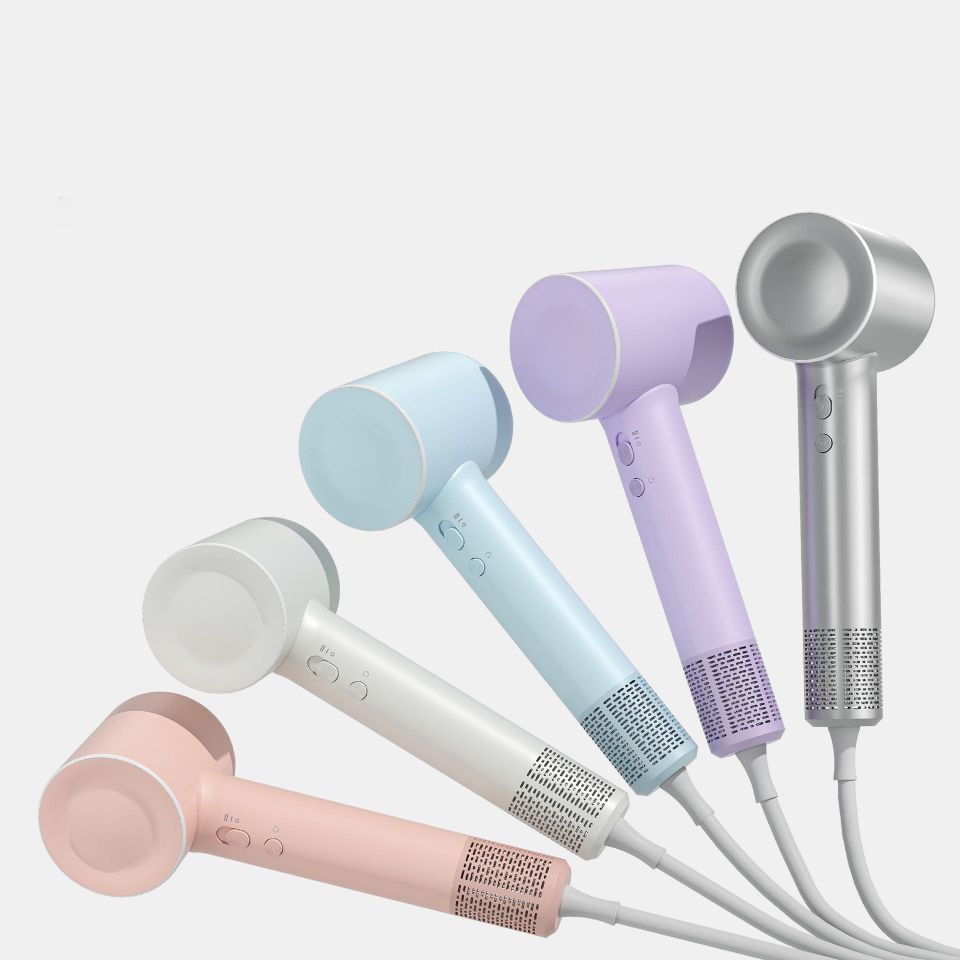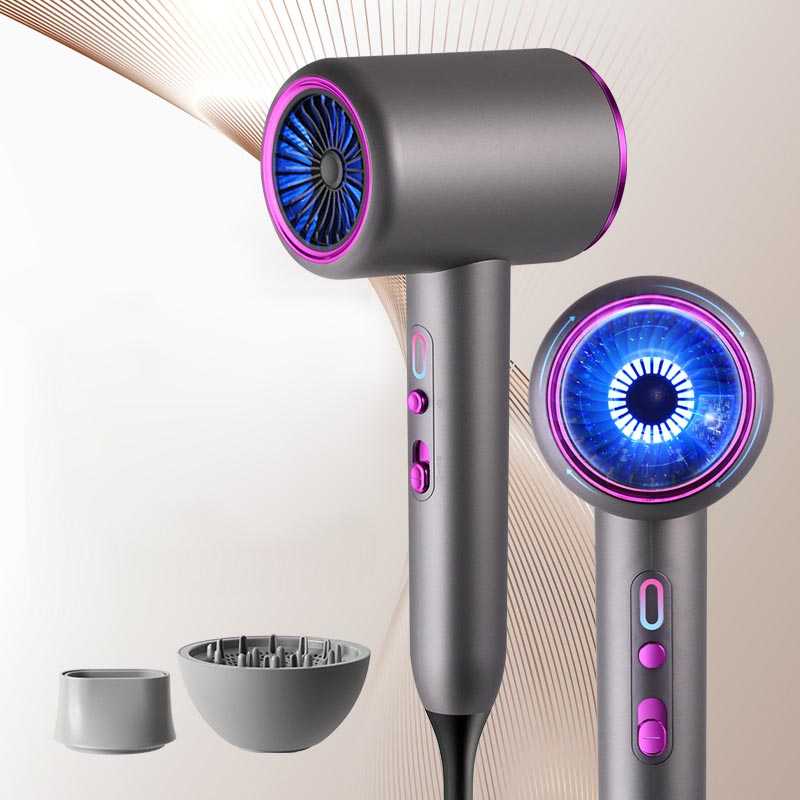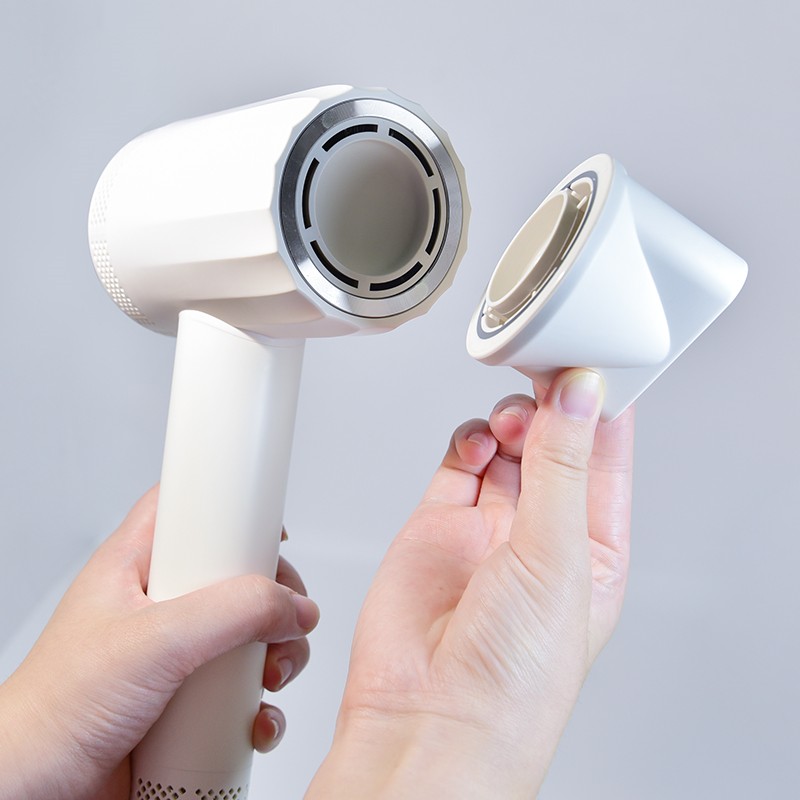As a frequently used small household appliance, hair dryers have many usage details that are easily overlooked. Based on the actual feedback from thousands of users, this article summarizes the following 10 in - depth usage problems and solutions:I. High - Temperature Hair Damage: Invisible Chronic DamageAre you worried that the low - temperature setting can'
I. High - Temperature Hair Damage: Invisible Chronic Damage
Are you worried that the low - temperature setting can't dry your hair, while the high - temperature setting may damage it? The key lies in the layered temperature - control method: First, use the medium - temperature setting to dry your hair to 70% dryness. Then, switch to the cold - air setting to set the roots. Finally, use the low - temperature setting to take care of the hair ends. Experimental data shows that continuous exposure to temperatures above 80°C can triple the rate of keratin denaturation.
Afraid of disturbing others when using it at night? Placing the hair dryer on a bath towel can reduce resonance noise by 5 - 8 decibels. When shopping for a hair dryer, pay attention to the type of motor. Compared with traditional AC motors, DC brushless motors can reduce the noise level by 15 dB.

Never power on the hair dryer immediately if water gets into the body. Remove the filter, turn it upside down, and let it air - dry for 48 hours. Using a desiccant can save 90% of non - severe water - ingress situations. Remember, never use the hair dryer itself to dry the internal components.
Laboratory tests show that an effective negative ion concentration of over 3 million/cm³ is required to achieve a smoothing effect. A simple test method: When drying your hair, hold a thin tissue near the air outlet. If the tissue is continuously attracted, it indicates that the negative ion generator is working properly.
At the final stage of styling, blowing with 5 - 7°C cold air for 30 seconds can increase the closure of hair cuticles by 40%. It is especially recommended that people with oily hair use the cold - air setting for quick styling in the morning to avoid stimulating the sebaceous glands.

It is normal for the blow dryer to stop working after continuous use for 15 minutes. We recommend the "3 + 2" hair - drying method: Blow for 3 minutes and then pause for 30 seconds to allow the motor to cool down fully. Choosing a model with a temperature - control chip can extend the service life by 2 - 3 years.
Clean the air - intake net with an old toothbrush dipped in 75% alcohol every month. This can increase the air - intake efficiency by 30%. Be careful not to use hard objects like toothpicks to avoid permanently deforming the mesh holes.
For naturally curly hair: Apply a heat - resistant product first, and use the "lifting - style" drying method.
For fine and thin hair: When blowing against the root direction, maintain a 45 - degree angle.
For frizzy hair: Use a diffuser and keep a distance of more than 20 cm.

Common Misconception: Thinking that dual - voltage hair dryers are globally universal. In fact, pay attention to the power limit. In Japan, it is recommended to use models with a power of ≤1200W, and in Europe and the United States, choosing models with a power of 1600 - 1800W is more reliable.
It is recommended to replace the hair dryer when the following situations occur:
The power cord hardens and shows a net - like pattern.
It continuously emits a plastic - burning smell during operation.
The air temperature of the cold - air setting rises significantly.
The switch button has poor contact.
Using a blow dryer correctly can increase styling efficiency by 40% and reduce heat damage by 60%. The key is to establish a scientific usage concept of "temperature zoning, time segmentation, and function division" so that this daily tool can truly become a hair - care weapon. A regular maintenance habit can extend the effective life of an ordinary hair dryer to 5 - 8 years, far exceeding the average industry usage cycle.
